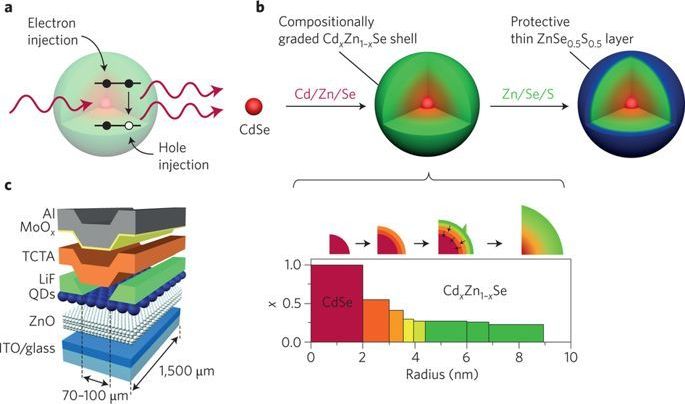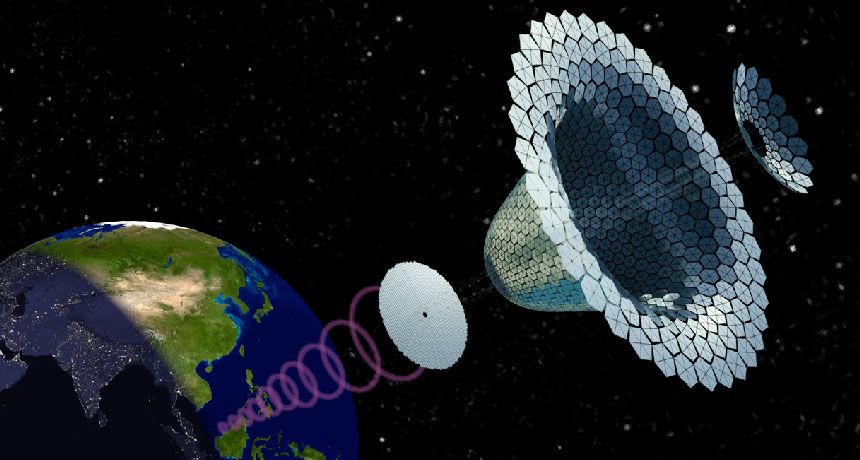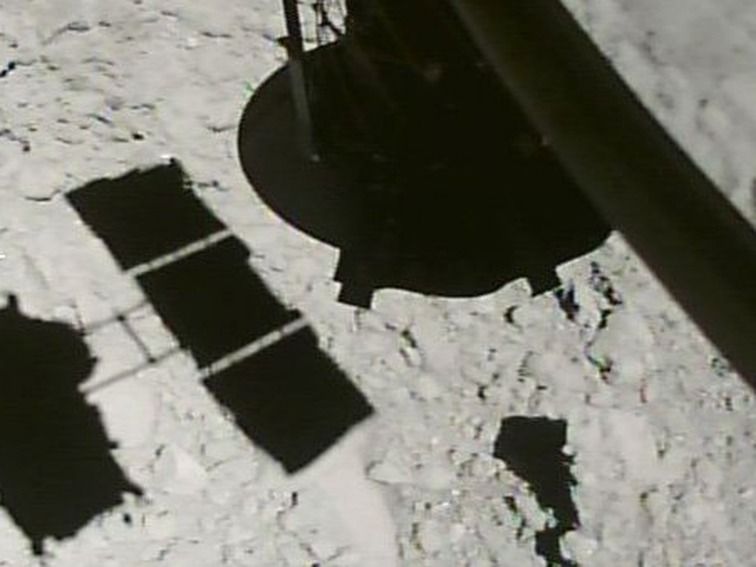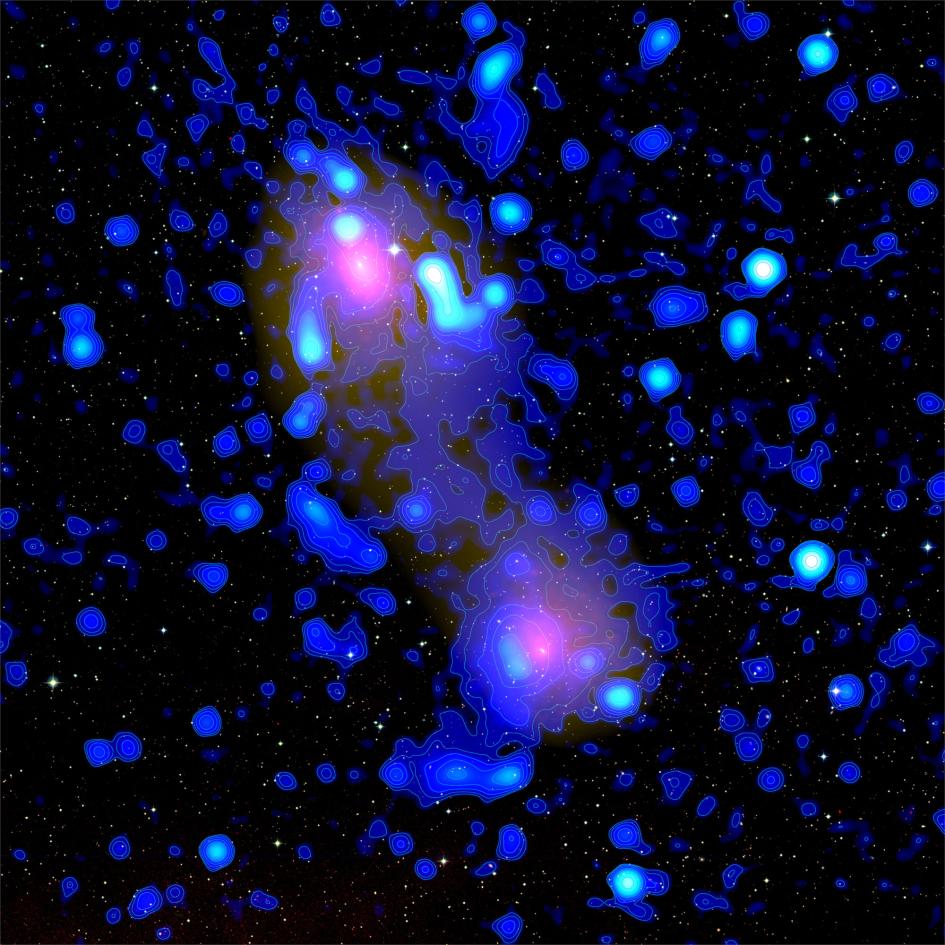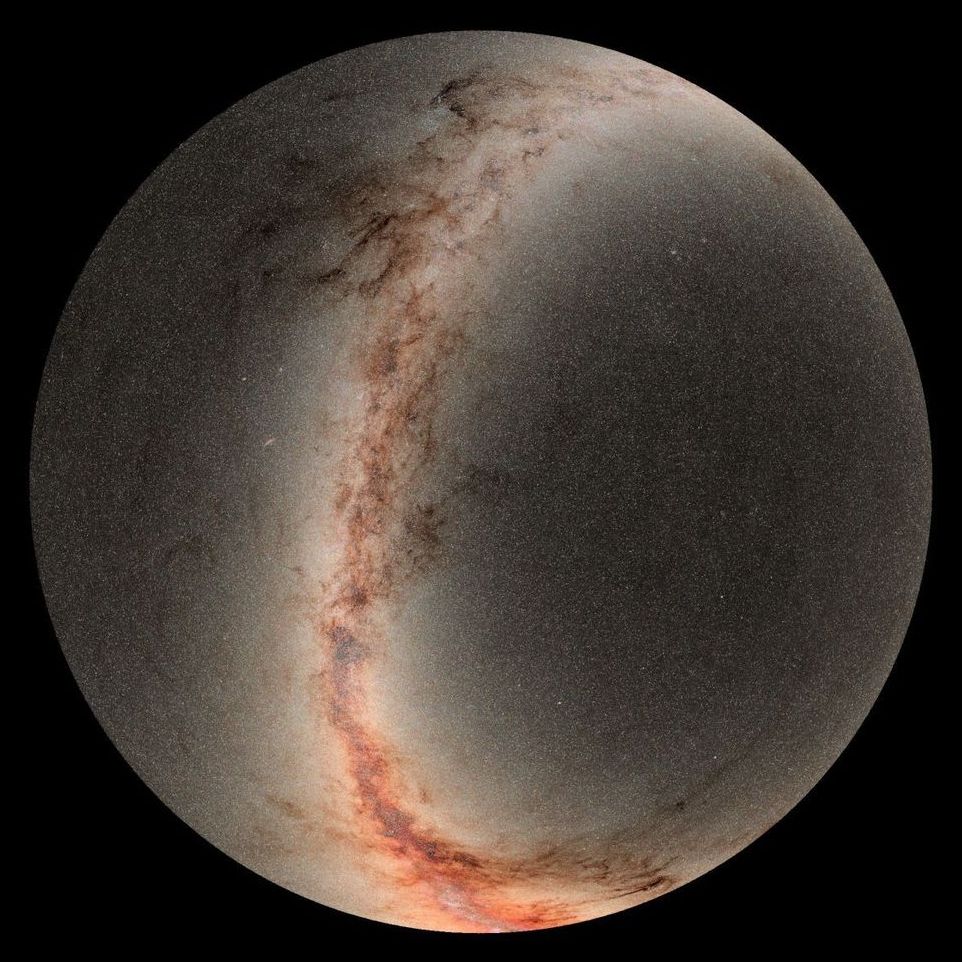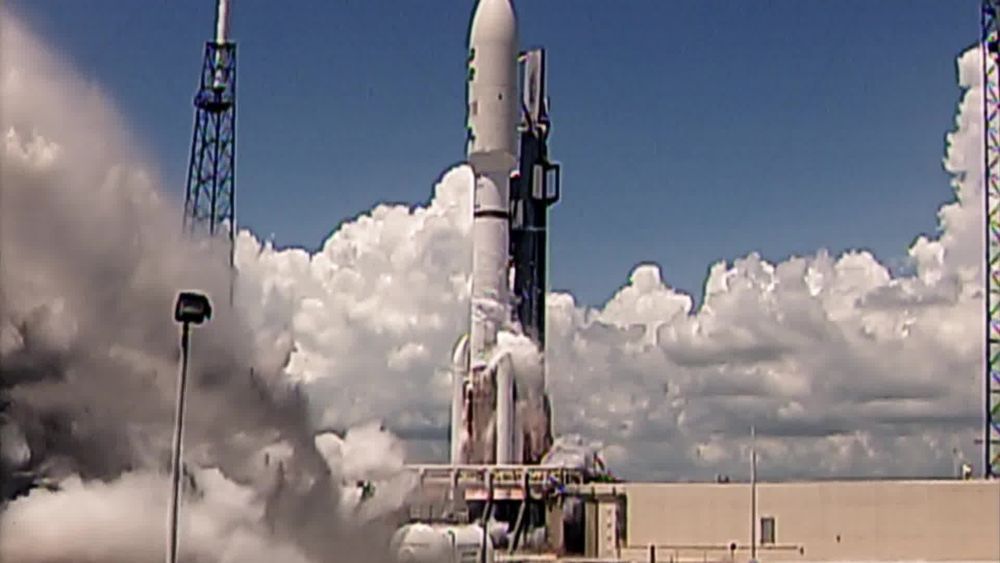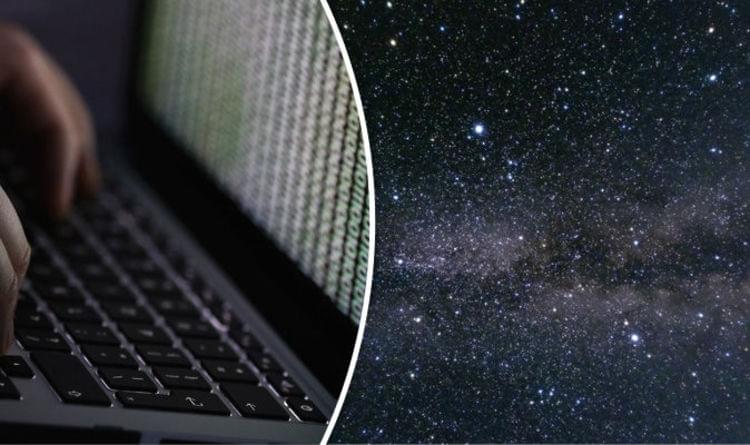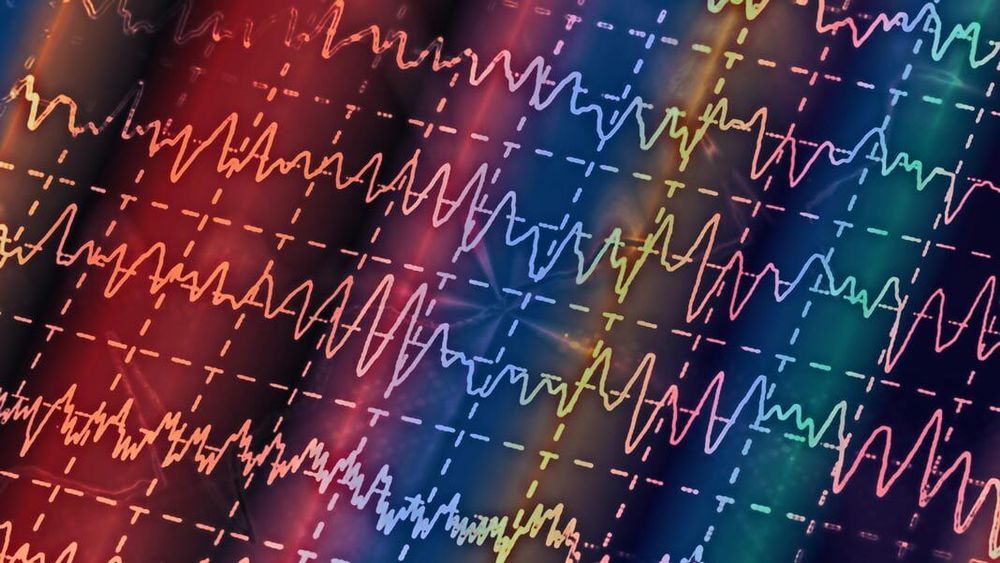
The protocol, dubbed Walk Again Neuro-Rehabilitation (WA-NR), first uses EEG to record and control virtual avatars and robotic exoskeleton walkers while the patient wears a “tactile shirt” that offers them sensory feedback. This stimulation theoretically teaches damaged nerves to reroute their motor functions to healthy ones. Following the program for just three years, the patients—some paralyzed for decades—dramatically regained sensation in their lower limbs. They could feel where their legs were in space and better control their lower limbs. Some even reported feelings of normal, welcomed pain after a sharp jab.
The current study, published in Scientific Reports, takes neurorehab a step further. In two patients from the original cohort, the team further trained and examined their neuro-recovery in detail. Patient P1 was a middle-aged man paralyzed for 4.5 years at the onset of the study; P2, a 32-year-old, had been paralyzed for a decade. Although trained with WA-NR, both patients scored on the low end of overall movement, with the ability to extend their knees at most.
For each training session, the patients wore an EEG cap to measure movement intent and had eight electrodes placed on the skin of each leg to stimulate muscles. Simultaneously they wore a haptic shirt, which gave them a sense of their body in space by stimulating their forearms.
Continue reading “How Two Paralyzed Patients Walked Again Without Surgery” »
